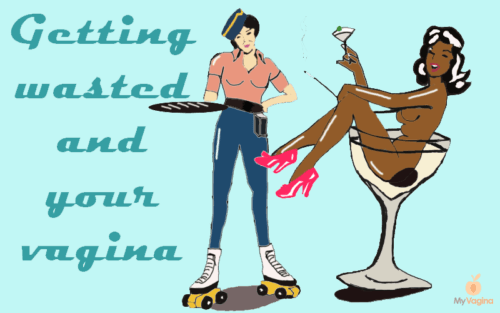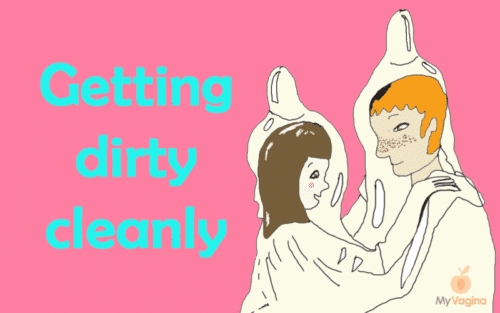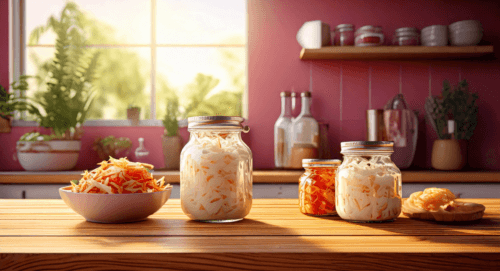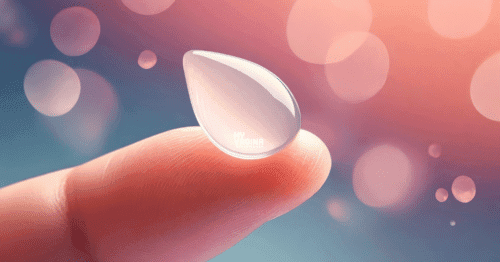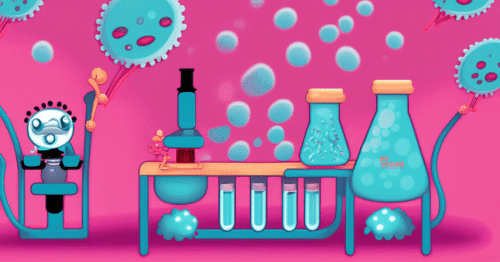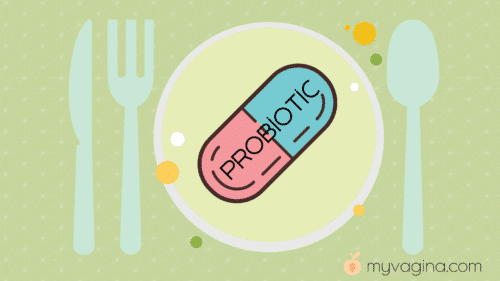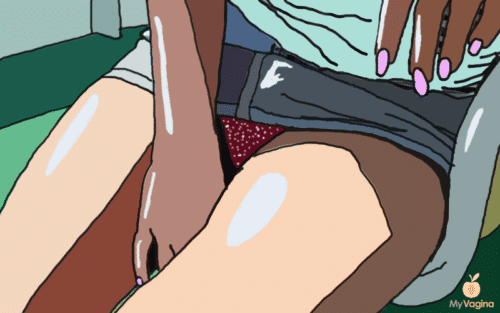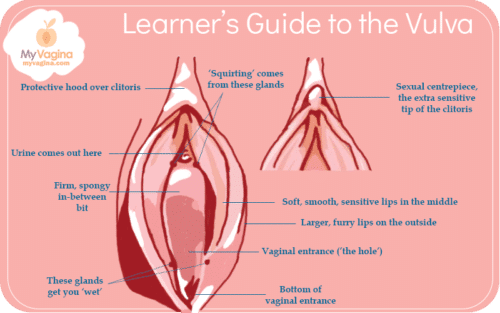The vulva and vagina through ages and changes
An overview of how your vulva and vagina changes throughout your life, from being a newborn to old age.
How getting wasted affects your vaginal ecosystem
A quick chat about getting wasted and how this affects your microbial colonies.
Cleaning up your diet to support healthy vaginal bacterial colonies
We look over some ways to improve your good bacterial colonies using diet.
Getting dirty cleanly
Here we go through some basic sexual hygiene practices that will help keep your vagina safe from pathogens and unwanted infections like UTIs and BV.
How to use fermented foods to your vaginal advantage
Here's the rundown on fermented foods for your vaginal ecosystem.
Female smegma: causes, hygiene and how to clean safely
Female smegma buildup under the clitoral hood explained — what it means, why it happens, and safe cleaning tips.
Feeling your cervix for signs of ovulation
You can feel where you're at in your cycle by feeling your cervix - is it high, soft and wet? Maybe you're ovulating. If it's low and hard, you may be about to get your period.
How to feel your own cervix
Learn how to touch your own cervix, and use it to figure out what's happening in your menstrual cycle - you can tell when you are ovulating, when you are close to your period, and solve other mysteries!
Understanding vaginal PCR testing
An explanation of PCR testing for the vaginal microbiome with a list of what is tested for, and what is excluded.
Using probiotics vaginally – you may need to switch capsules
Here we explain how to switch your enteric-coated or gelatin probiotic capsules into vegetable capsules for vaginal use at home.
Review: Fem-Dophilus probiotics
A review of Jarrow's range of L. crispatus-containing probiotics for vaginal health.
The hymenal ring, remnants and tags
Hymenal rings and tags are completely normal, however can be a source of discomfort, pain and embarrassment for some of you.
Should I take probiotics on an empty stomach or with food?
Ever wondered how best to take your probiotics? We discuss probiotic bacteria and stomach acid.
How to track your menstrual cycle and identify ovulation
Not sure when or if you ovulate? We run you through charting your cycles and how to check if and when you are ovulating using some very simple tips and tricks. No temperatures!
When to worry about your cervix
What is your gynaecologist really looking for when they look at your cervix?
G-spot and clitoris augmentation and amplification
G-spot and clitoris augmentation can enable better sexual experiences and more intense orgasms.
Jewellery, tattoos, vajazzling and muff stylin’
Making your junk sparkle is easier and better than ever, whether that's a tattoo, vajazzling or a piercing.
A hands-on guide to getting to know your vulva
We explain how to truly investigate your vulva so you know what every part is called, what it feels like, and what it should be doing.
How to underwear if you have vulvovaginal issues
Ever wondered just how important your underwear is to your vaginal condition? We explain.
Brazilian, French and American bikini waxing styles
We talk you through what used to be the three main muff styles on offer around the world, and where they came from.


